Industry information
Company News
- Curtain wall aluminum veneer: a fashionable choice for creating modern architecture!
- Fluorocarbon baked paint aluminum veneer: a rising star in aluminum materials and a new favorite in the construction industry?
- Fluorocarbon aluminum veneer: a shining pearl of modern architecture
- Aluminum veneer customization, creating a new trend of personalized space
- Aluminum veneer customization, creating a new trend of personalized space
Industry dynamics
- Fluorocarbon baked paint aluminum veneer: the "weather resistant king" in the aluminum industry
- Why has hyperbolic aluminum veneer become the darling of the construction industry?
- Fluorocarbon aluminum veneer: the fashionable choice for modern architecture?
- Aluminum Veneer: A Dual Play of Architectural Aesthetics and Environmental Protection
- How to choose the appropriate aluminum veneer material for building ceilings
Frequently asked questions
- Can aluminum veneer be used for building facade design?
- Can the insulation function of aluminum veneer reduce indoor noise?
- What is the thermal conductivity of aluminum veneer?
- How to evaluate the impact of aluminum veneer's removability on the appearance of buildings?
- How many color and texture options are available for aluminum veneer?
contact us
Mobile:+86 15627778610
Email: 2201229786
Address: No. 5 Binjiang Road, High tech Zone, Zhaoqing City, Guangdong Province
What is the thermal conductivity of aluminum veneer?
- Author: Supreme Building Materials (Guangdong) Co., Ltd
- Release time: 2022-03-05 23:50:59
- Click:0
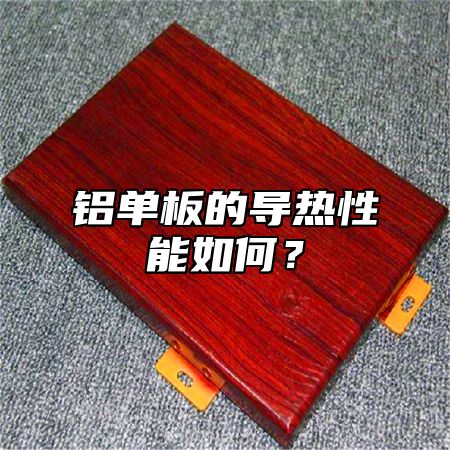
Aluminum veneerAs a commonly used building material, its thermal conductivity is one of the important factors affecting its insulation and energy-saving performance. Below, we will provide a detailed introduction to the thermal conductivity of aluminum veneer and its implementation methods.
1、 Thermal conductivity of aluminum veneer
The thermal conductivity of aluminum veneer usually includes the following aspects:
1. Thermal conductivity: Thermal conductivity is an indicator of the thermal conductivity of materials, usually expressed in W/(m · K). The smaller the thermal conductivity coefficient of aluminum veneer, the better its thermal conductivity performance.
2. Thermal resistivity: Thermal resistivity is an indicator of the thermal insulation performance of a material, usually represented by the R value. The higher the thermal resistance of aluminum veneer, the better its insulation performance.
2、 Implementation method of thermal conductivity of aluminum veneer
In order to improve the thermal conductivity and insulation performance of aluminum veneer, it is necessary to start from the following aspects:
1. Material selection: Choosing aluminum alloy materials with lower thermal conductivity can reduce energy loss and temperature changes in the heat transfer process of aluminum veneer. You can also choose different alloy materials according to actual needs, such as high-strength aluminum alloys.
2. Surface treatment: The surface treatment of aluminum veneer is also one of the important factors affecting its thermal conductivity. By adopting appropriate surface treatment processes such as anodizing, spraying, etc., its corrosion resistance and hardness can be improved, thereby enhancing its thermal conductivity and insulation performance.
3. Structural design: The structural design of aluminum veneer is also one of the key factors affecting its thermal conductivity. In the design and construction process, it is necessary to choose the thickness and shape of aluminum veneer reasonably, and adopt appropriate support structures to improve its stability and aesthetics. It is also necessary to consider the impact of heat transfer process on aluminum veneer and take corresponding measures for control and management.
4. Insulation layer design: In order to improve the insulation performance of aluminum veneer, insulation layers such as polyurethane foam layer, glass wool, etc. can be set on the surface or inside of the aluminum veneer. The materials and thickness of these insulation layers need to be designed and selected reasonably according to the actual situation.
The thermal conductivity and insulation performance of aluminum veneer are important factors affecting its service life and energy-saving effect. In order to improve the thermal conductivity and insulation performance of aluminum veneer, it is necessary to start from material selection, surface treatment, structural design, and insulation layer design, and make reasonable planning and layout according to the actual situation. It is also necessary to consider the requirements of relevant standards and regulations to ensure that the thermal conductivity and insulation performance of aluminum veneer meet the relevant requirements.


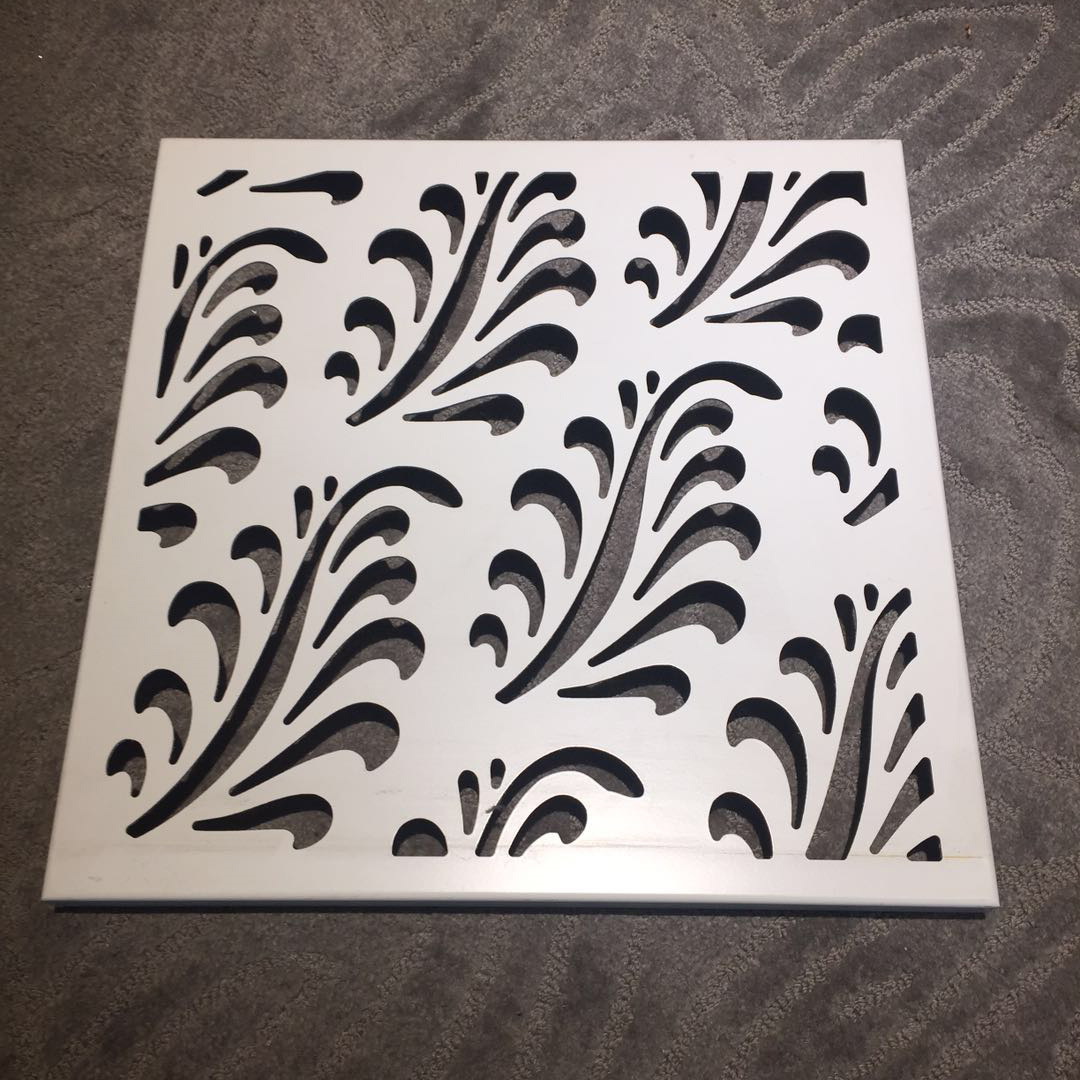

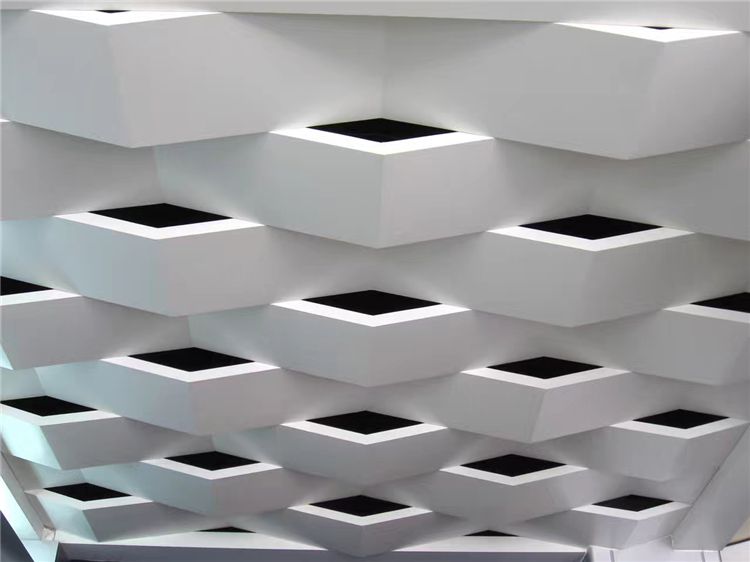
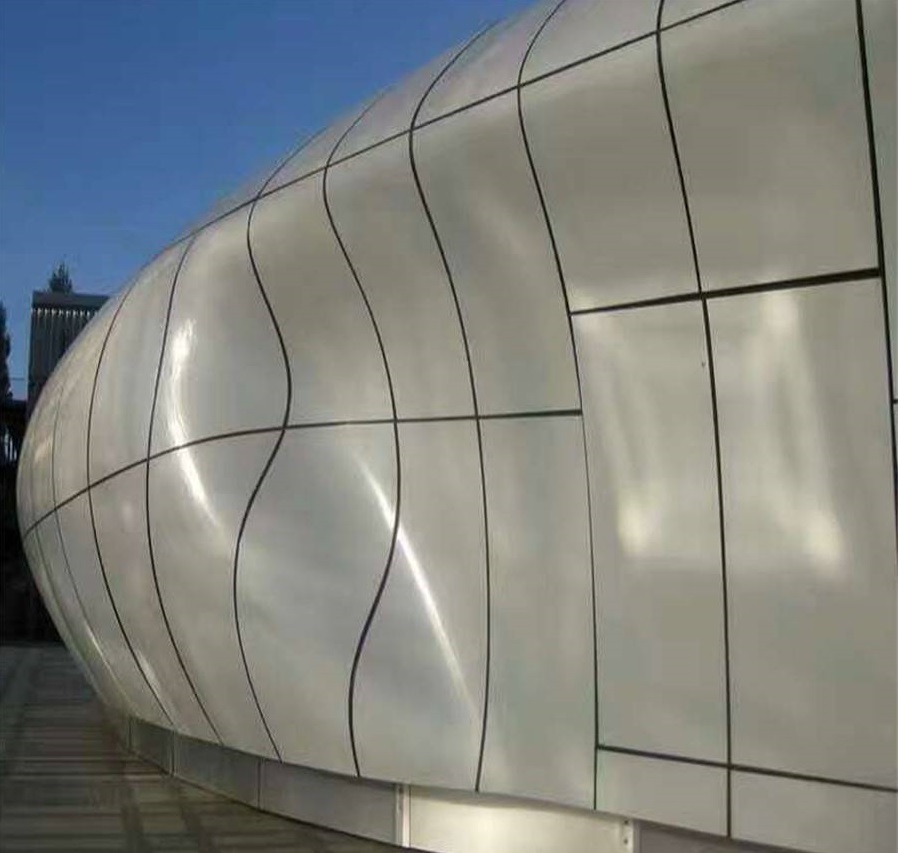
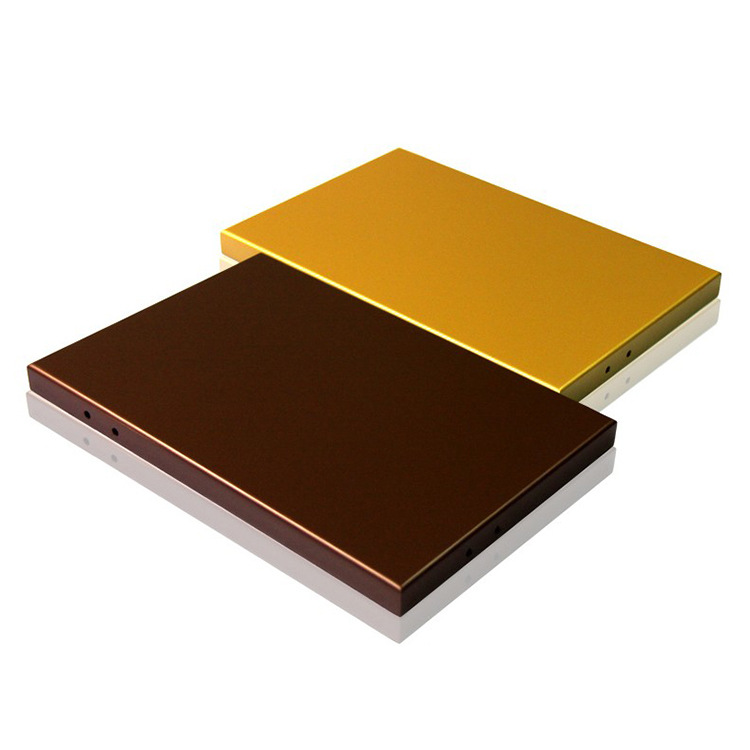
 Customer service QQ
Customer service QQ